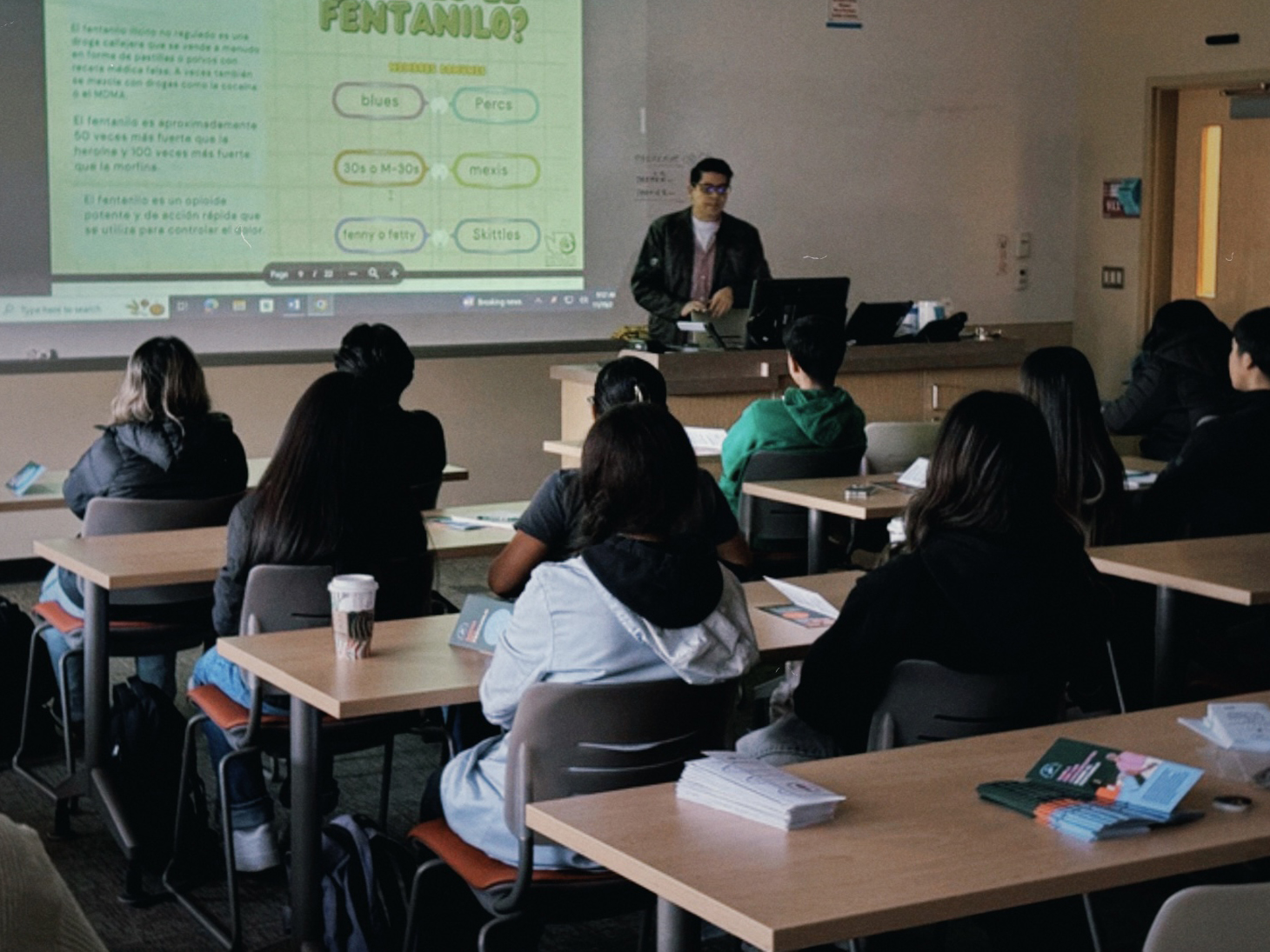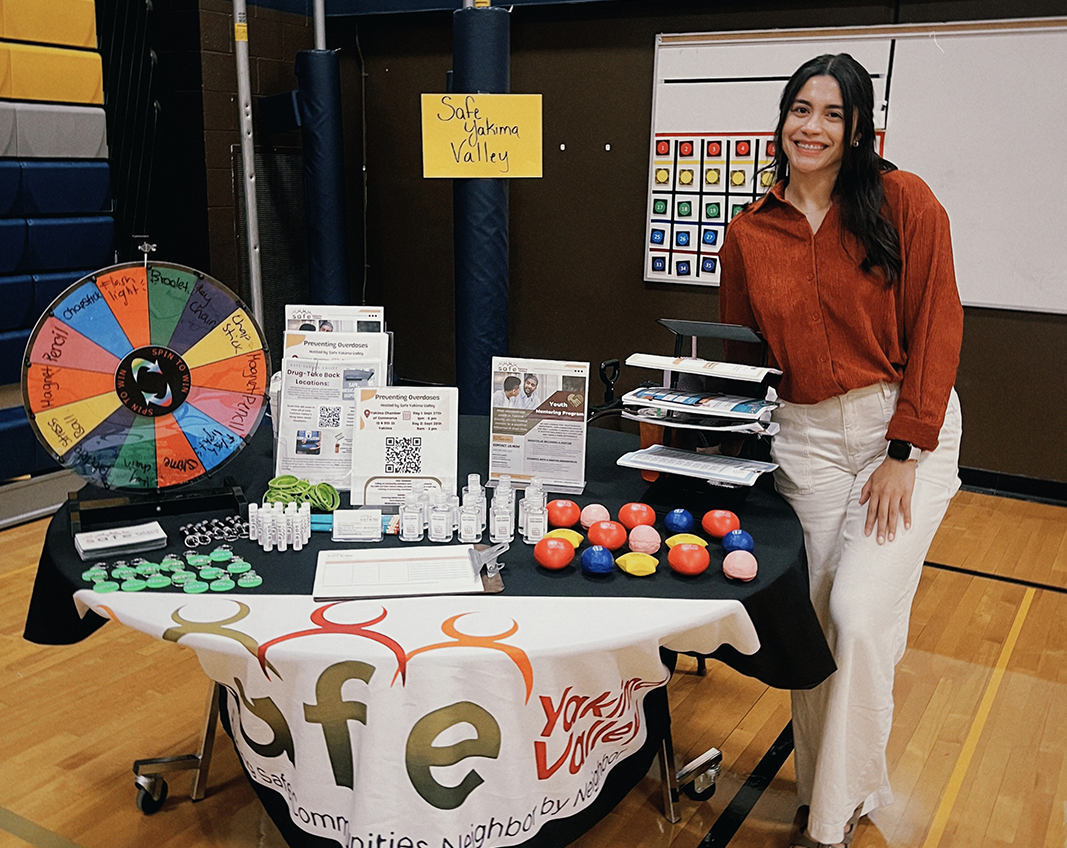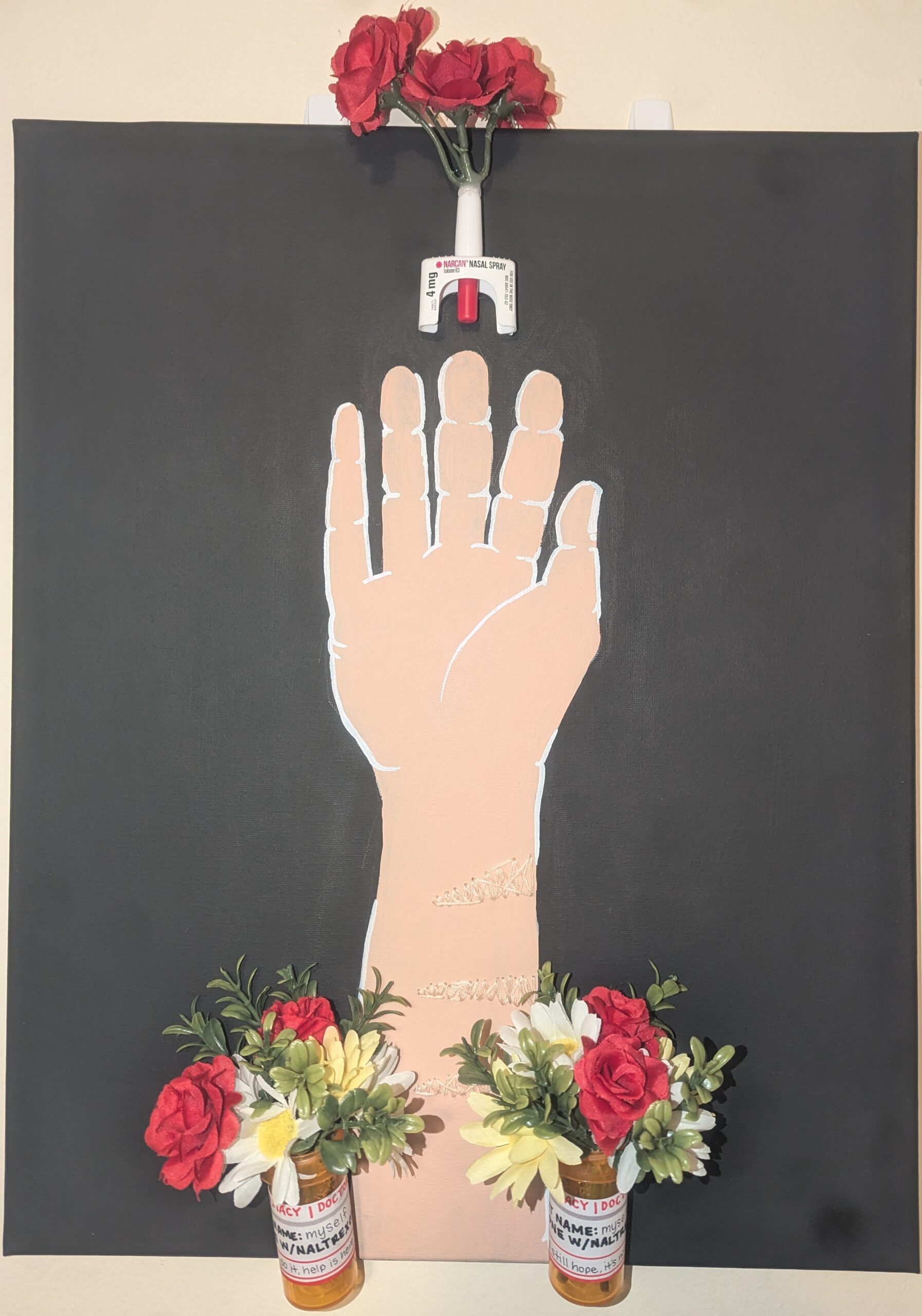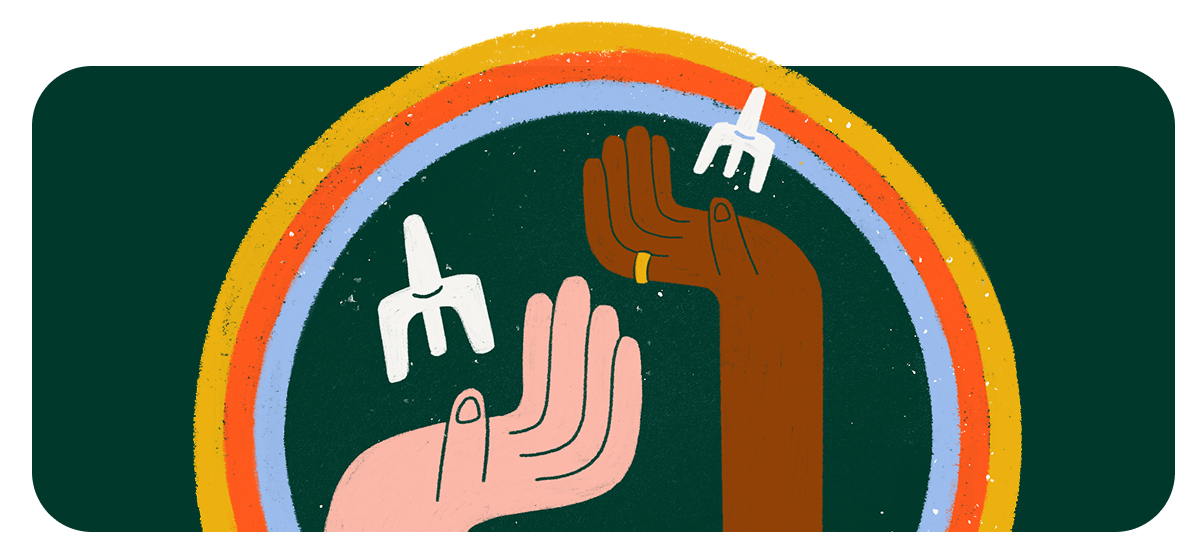The Friends for Life campaign seeks to inform youth and young adults about how to keep themselves and their friends safe from illegal fentanyl.

By Devan Iyomasa
Account Executive
Creating an equitable campaign begins with reaching historically marginalized, underrepresented and excluded groups in ways that resonate with their diverse experiences and perspectives. Community-based partnerships can help you do just that.
The Friends for Life fentanyl and naloxone awareness campaign, developed in partnership with the Washington State Health Care Authority, partnered with four community-based organizations from DH’s statewide network. The organizations’ goal was to empower their communities to educate and protect themselves and their loved ones against the risks of illegal fentanyl.
The Community Health Worker Coalition for Migrants and Refugees, Safe Yakima Valley, Black Arts Love, and Rainier Avenue Radio led community engagement activities that directly reached audiences disproportionately affected by substance misuse and overdose.
Our Vice President of Equity and Multicultural Communications, Paj Nandi, put it like this:
“Our audiences are at the heart of everything we do, and our community-based partners who represent and serve priority audiences are closest to their needs, preferences and desires. Our CBO partners help us center our audiences’ perspectives and voices in more culturally relevant and authentic ways.”
Here’s a look at their work and how it made a difference.
Community Health Worker Coalition for Migrants and Refugees: Education through connection

The CHWCMR team talked to a class at Yakima Valley College about overdose prevention and how to use naloxone.
CHWCMR is a statewide support network of community health workers and community partner organizations. It works to ensure migrants and refugees have equitable access to health, social and environmental justice programs, and services in their communities.
The coalition used its strong community connections to share campaign messages across online and in-person forums. Besides holding individual conversations with community members in Olympia and distributing naloxone and educational materials, the coalition hosted a training session to equip over 150 participants with overdose prevention knowledge and free naloxone kits. CHWCMR also partnered with Yakima Valley College to talk about the campaign with students and share a naloxone demonstration.
Safe Yakima Valley: A pillar in the community
Safe Yakima Valley is a coalition working for a drug-free community through youth mentoring, outreach, education and events.
The coalition kept Friends for Life top of mind in its community by boosting the campaign’s social media content and attending community events, reaching over 7,000 people across Yakima, Benton and Grant counties. Its staff and peer navigators provided personalized education on overdose prevention.

Safe Yakima staff members and peer navigators connected directly with community members to share prevention resources and messages.

Tabling at community events and health fairs was an important part of Safe Yakima’s outreach strategy.

The Safe Yakima team built relationships with several local organizations to collaboratively share campaign resources.
Black Arts Love: Art and advocacy
Black Arts Love is an arts organization committed to uplifting Black artists, honoring and celebrating the richness of Black culture, and driving economic empowerment.
Black Arts Love took a creative approach to sparking conversations around awareness, hope and resilience related to the fentanyl crisis. It hosted a statewide art contest, attracting 18 submissions from artists ages 16 to 24, many of whom had experiences with addiction. The winning pieces are displayed in Black Arts Love’s newly opened gallery in Seattle’s Central neighborhood, fostering ongoing dialogue and awareness.

Logan, 24, shared their story of lived experience and journey with sobriety through multimedia paintings.

Olga, 19, choreographed and filmed a dance expressing a message of hope for those struggling with addiction.
Rainier Avenue Radio: Community conversations
Rainier Avenue Radio is a digital media hub that amplifies the diverse voices of south Seattle. It brought the campaign’s messages to listeners by hosting a variety of on-air and in-person segments, including panel discussions, workshops and expert interviews. These efforts reached broad and diverse audiences with critical information about fentanyl and naloxone.
Working with CBOs makes integrated marketing efforts more equitable, culturally responsive and effective. It also channels program funds to community partners, boosting their capacity for work beyond the program. By working with leaders embedded within priority communities, our clients can ensure their message reaches audiences in ways traditional media or outreach may not.

